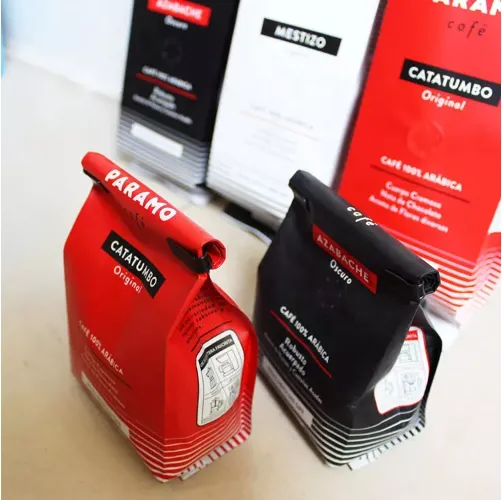- Afrikaans
- Albanian
- Amharic
- Arabic
- Armenian
- Azerbaijani
- Basque
- Belarusian
- Bengali
- Bosnian
- Bulgarian
- Catalan
- Cebuano
- chinese_simplified
- chinese_traditional
- Corsican
- Croatian
- Czech
- Danish
- Dutch
- English
- Esperanto
- Estonian
- Finnish
- French
- Frisian
- Galician
- Georgian
- German
- Greek
- Gujarati
- haitian_creole
- hausa
- hawaiian
- Hebrew
- Hindi
- Miao
- Hungarian
- Icelandic
- igbo
- Indonesian
- irish
- Italian
- Japanese
- Javanese
- Kannada
- kazakh
- Khmer
- Rwandese
- Korean
- Kurdish
- Kyrgyz
- Lao
- Latin
- Latvian
- Lithuanian
- Luxembourgish
- Macedonian
- Malgashi
- Malay
- Malayalam
- Maltese
- Maori
- Marathi
- Mongolian
- Myanmar
- Nepali
- Norwegian
- Norwegian
- Occitan
- Pashto
- Persian
- Polish
- Portuguese
- Punjabi
- Romanian
- Russian
- Samoan
- scottish-gaelic
- Serbian
- Sesotho
- Shona
- Sindhi
- Sinhala
- Slovak
- Slovenian
- Somali
- Spanish
- Sundanese
- Swahili
- Swedish
- Tagalog
- Tajik
- Tamil
- Tatar
- Telugu
- Thai
- Turkish
- Turkmen
- Ukrainian
- Urdu
- Uighur
- Uzbek
- Vietnamese
- Welsh
- Bantu
- Yiddish
- Yoruba
- Zulu
Exploring Sustainable Solutions for Eco-Friendly Packaging in Modern Consumer Markets
The Art and Importance of Paper Packaging
In an era increasingly concerned with sustainability and environmental conservation, the significance of paper packaging has risen dramatically. As consumers become more eco-conscious, businesses are re-evaluating their packaging choices. Paper packaging, made from renewable resources, offers an appealing alternative to traditional plastic packaging. In this article, we will explore the various facets of paper packaging, including its benefits, variations, applications, and future prospects.
The Benefits of Paper Packaging
One of the main advantages of paper packaging is its environmental friendliness. Unlike plastic, which can take hundreds of years to decompose, paper is biodegradable and compostable. This means that it will break down naturally in the environment, reducing waste and pollution. Furthermore, the production of paper packaging generally has a lower carbon footprint compared to plastic, particularly when produced from sustainably sourced materials.
Another significant benefit is recyclability. Paper packaging can be recycled multiple times, making it a versatile option for manufacturers and consumers alike. The recycled paper industry has been thriving, with innovations leading to improved recycling processes that require less energy and yield higher-quality products. Additionally, many consumers are more inclined to support brands that utilize recyclable materials, knowing that their purchases contribute to a more sustainable future.
Variations of Paper Packaging
Paper packaging comes in a variety of forms, each designed to serve different purposes. Some common types include
1. Kraft Paper Bags Known for their strength and durability, kraft paper bags are widely used in retail settings, grocery stores, and cafes. They can easily hold heavy items, making them a preferred choice for businesses aiming to reduce plastic use.
2. Cardboard Boxes Often used for shipping and storage, cardboard boxes offer excellent protection for products during transit. Customized packaging options allow brands to design boxes that not only fit their products perfectly but also strengthen brand identity through unique aesthetics.
3. Paper Wraps and Sleeves These are used extensively in the food industry for sandwiches, burgers, and other takeout options. They are an excellent alternative to plastic wraps, often treated for grease resistance to securely hold food items.
paper pack

4. Tissue Paper and Paper Bags Ideal for gift-wrapping and providing a premium unboxing experience, tissue paper and paper bags lend elegance to various retail applications. Brands often use them to enhance customer satisfaction and increase engagement.
Applications Across Industries
The versatility of paper packaging makes it applicable across numerous sectors. In the food industry, eco-friendly paper packaging has gained significant traction due to rising awareness about food safety and environmental impact. Many restaurants and fast-food chains now opt for paper-based containers, recognizing that consumers are willing to pay a premium for sustainably packaged meals.
In the cosmetic and personal care sectors, paper packaging has been embraced as an eco-friendly alternative that enhances a brand’s image by promoting a commitment to sustainability. High-end brands often use elegant paper boxes to package their products, marrying luxury with eco-consciousness.
E-commerce is another area experiencing rapid growth in paper packaging utilization. With the rise of online shopping, businesses are adapting by using recycled paper for shipping materials and fillers, reducing reliance on plastics while ensuring product safety.
The Future of Paper Packaging
Looking ahead, the future of paper packaging appears bright. As technology improves, innovations such as water-resistant and tear-resistant paper materials are being developed, enhancing the functionality of paper packaging while maintaining its sustainability features. Companies are investing in research and development to explore alternative sources for paper, including agricultural waste and alternative fibers.
Regulatory pressures to reduce single-use plastics are also steering companies toward paper packaging solutions. Many governments worldwide are implementing bans or restrictions on plastic packaging, further fueling the demand for sustainable alternatives.
In conclusion, paper packaging stands as a beacon of sustainability in a world increasingly burdened with plastic waste. With its biodegradability, recyclability, strength, and versatility, it meets the needs of modern consumers while minimizing environmental impact. As industries adapt to this change, we can expect paper packaging to become an integral part of our lives, contributing to a circular economy and a healthier planet. The journey toward sustainable packaging has just begun, and paper packaging is at the forefront, paving the way for a more responsible future.













